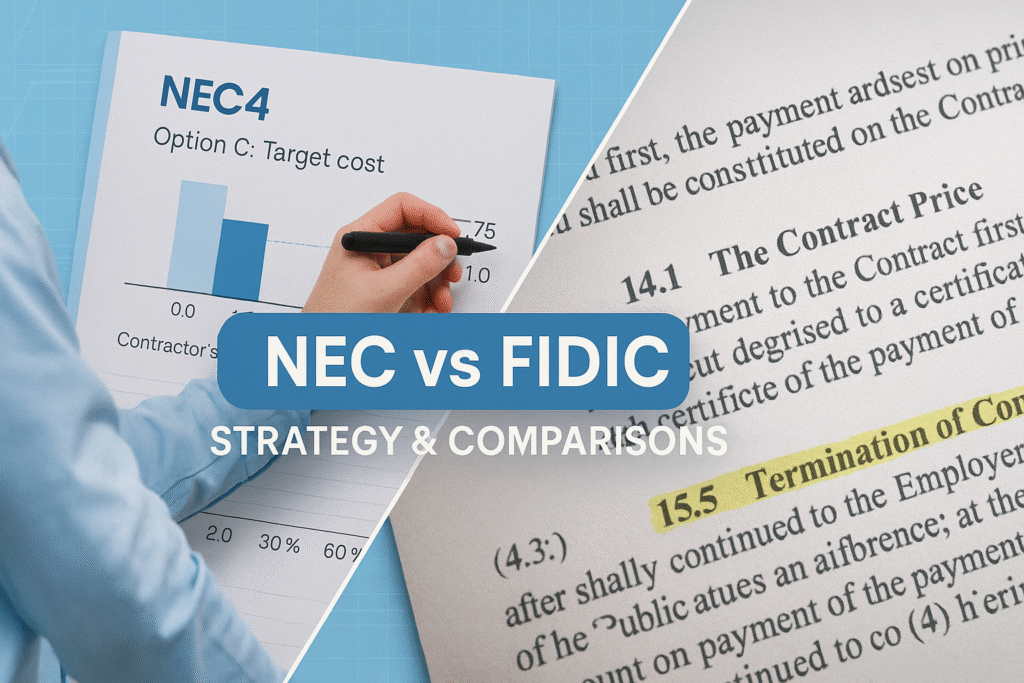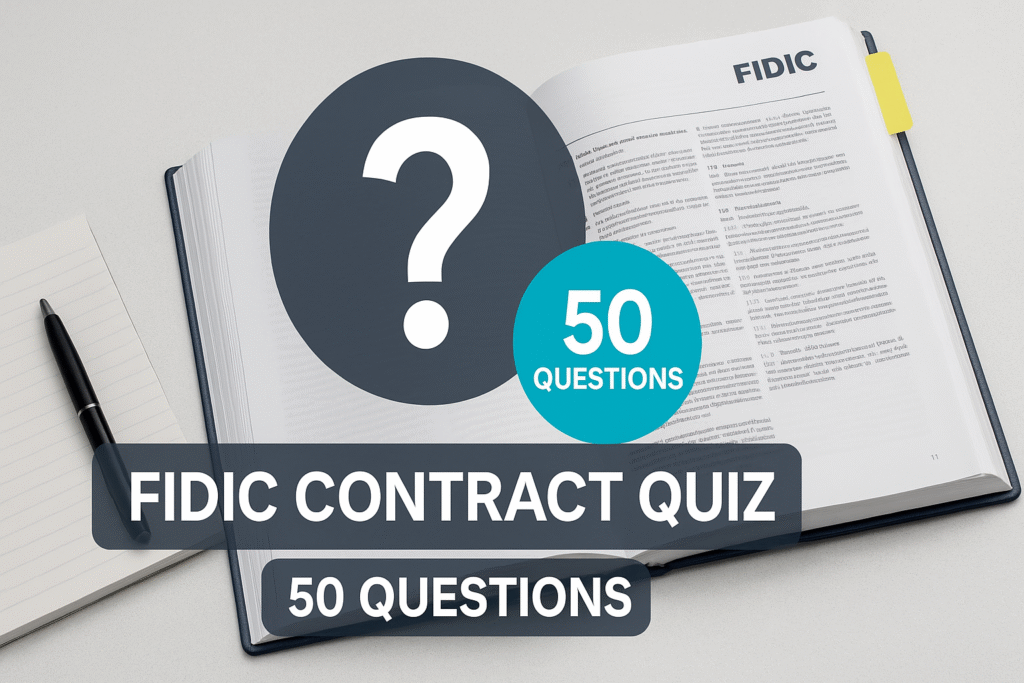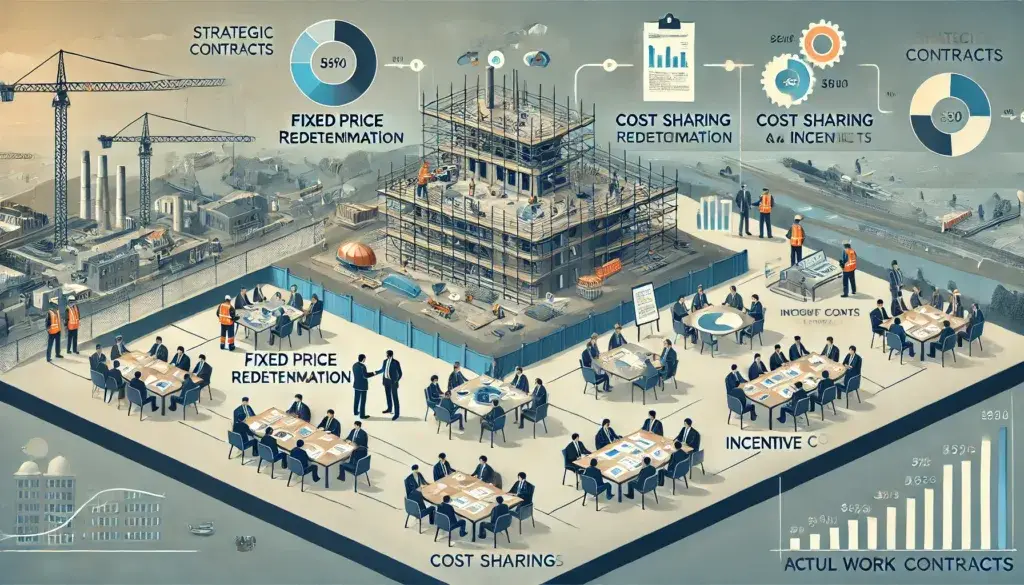NEC vs FIDIC Strategy Course | Contract Comparisons
![]()
NEC vs FIDIC strategy course covering notices, target cost, termination, pricing and base date—compare NEC3/4 with FIDIC 1999/2017 to guide decisions.
NEC vs FIDIC Strategy Course | Contract Comparisons Read More »














